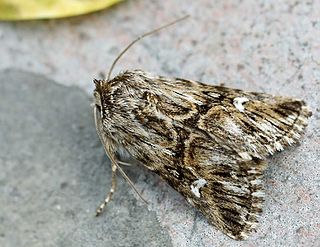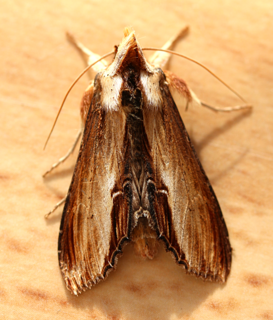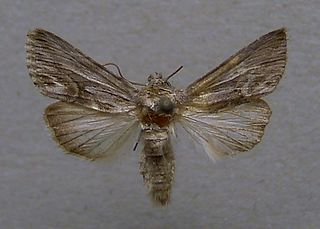
Jerusalem is a city in the Middle East, on a plateau in the Judaean Mountains between the Mediterranean and the Dead Sea. It is one of the oldest cities in the world, and is considered holy to the three major Abrahamic religions—Judaism, Christianity, and Islam. Both Israel and the Palestinian Authority claim Jerusalem as their capital, as Israel maintains its primary governmental institutions there and the State of Palestine ultimately foresees it as its seat of power; however, neither claim is widely recognized internationally.

The Six-Day War, also known as the June War, 1967 Arab–Israeli War, or Third Arab–Israeli War, was fought between 5 and 10 June 1967 by Israel and the neighboring states of Jordan, Syria, and Egypt.

The Yom Kippur War, Ramadan War, or October War, also known as the 1973 Arab–Israeli War, was fought from October 6 to 25, 1973, by a coalition of Arab states led by Egypt and Syria against Israel. The war took place mostly in Sinai and the Golan—occupied by Israel during the 1967 Six-Day War—with some fighting in African Egypt and northern Israel. Egypt's initial war objective was to use its military to seize a foothold on the east bank of the Suez Canal and use this to negotiate the return of the rest of Sinai.

Zionism is both an ideology and nationalist movement among the Jewish people that espouses the re-establishment of and support for a Jewish state in the territory defined as the historic Land of Israel. Modern Zionism emerged in the late 19th century in Central and Eastern Europe as a national revival movement, both in reaction to newer waves of antisemitism and as a response to Haskalah, or Jewish Enlightenment. Soon after this, most leaders of the movement associated the main goal with creating the desired state in Palestine, then an area controlled by the Ottoman Empire.

The Israel Defense Forces, commonly known in Israel by the Hebrew acronym Tzahal, are the military forces of the State of Israel. They consist of the ground forces, air force, and navy. It is the sole military wing of the Israeli security forces, and has no civilian jurisdiction within Israel. The IDF is headed by its Chief of General Staff, the Ramatkal, subordinate to the Defense Minister of Israel; Lieutenant General Aviv Kochavi has served as Chief of Staff since January 15, 2019.

The Israeli–Palestinian conflict is the ongoing struggle between Israelis and Palestinians that began in the mid-20th century amidst the greater Arab–Israeli conflict. Various attempts have been made to resolve the conflict as part of the Israeli–Palestinian peace process. It has been referred to as the world's "most intractable conflict," with the ongoing Israeli occupation of the West Bank and the Gaza Strip reaching 53 years.

The Suez Crisis, or the Second Arab–Israeli war, also called the tripartite aggression in the Arab world and Sinai War in Israel, was an invasion of Egypt in late 1956 by Israel, followed by the United Kingdom and France. The aims were to regain Western control of the Suez Canal and to remove Egyptian president Gamal Abdel Nasser, who had just nationalised the canal. After the fighting had started, political pressure from the United States, the Soviet Union and the United Nations led to a withdrawal by the three invaders. The episode humiliated the United Kingdom and France and strengthened Nasser.

Palestine, recognized officially as the State of Palestine by the United Nations and other entities, is a de jure sovereign state in Western Asia claiming the West Bank and Gaza Strip with Jerusalem as the designated capital, although its administrative center is currently located in Ramallah. The entirety of territory claimed by the State of Palestine has been occupied since 1948, first by Egypt and Jordan and then by Israel after the Six-Day War in 1967. Palestine has a population of 5,051,953 as of February 2020, ranked 121st in the world.
The word lunula means little moon and may also refer to:

Israel, officially known as the State of Israel, is a country in Western Asia, located on the southeastern shore of the Mediterranean Sea and the northern shore of the Red Sea. It has land borders with Lebanon to the north, Syria to the northeast, Jordan on the east, the Palestinian territories of the West Bank and the Gaza Strip to the east and west, respectively, and Egypt to the southwest. Israel's economic and technological center is Tel Aviv, while its seat of government and proclaimed capital is Jerusalem, although international recognition of the state's sovereignty over Jerusalem is limited.

Calophasia lunula is a Palearctic species of noctuid moth known by the common names toadflax moth and toadflax brocade moth.

Cuculliinae is one of the larger subfamilies of moths in the family Noctuidae.
Calophasia is a genus of moths of the family Noctuidae.

Calophasia platyptera is a moth of the family Noctuidae. It is found in Europe, the Near East, western Sahara, Morocco, Algeria, Tunisia.
Calophasia barthae is a moth of the family Noctuidae. It is found in the southern part of the Balkans, Turkey and the Middle East.
Calophasia sinaica is a moth of the family Noctuidae. It is found in the eremic parts of Africa extending north to the Levant.

Oncocnemidinae is a subfamily of moths which belong to the large moth family (Noctuidae). In contrast to most other members of the family, they fly during the day. Oncocnemidinae are small, dark coloured moths, but the backs of their wings are generally white with broad, black stripes.
Henri Stempffer was a French entomologist who specialized in the study of Lycaenidae butterflies.

Calophasia opalina is a moth of the family Noctuidae. It is found from southern Europe to Central Asia.












